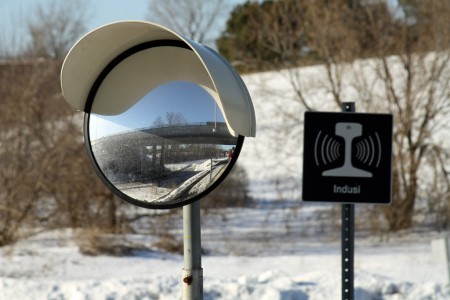Last night, I watched Valkyrie with my brothers. It was most interesting at the level of historiography (a term I used to despise). It portrays a group of high-level German officers who tried to assassinate Hitler and replace his government. Based on some cursory internet research, it is a fairly accurate portrayal of the July plot. I hadn’t realized that there was such an extensive plan for replacing the German government after Hitler’s planned execution. The officers participating are portrayed as self-sacrificing heroes, basically motivated by their opposition to Hitler’s immoral actions – though the fact that they perceived Germany to be losing the war was obviously important. It is hard to imagine such a film coming out closer in history to the Second World War itself. It really seems to shift the blame for German atrocities to Hitler and the SS specifically, reducing the burden of guilt on the rest of the German armed forces and German society. While it is important to tell the story of resistance, my sense is that a film like this has more value as a partial counterargument than as an integrated whole. This made it somewhat awkward that is was obviously the first WWII film seen by a young cousin of mine, who continued asking questions about the motivations of various characters throughout the showing.
One other distinct oddity was the large number of actors with British accents playing German roles. It left you thinking: “No wonder these men are trying to kill Hitler. They are British soldiers who somehow infiltrated the German army, without anybody noticing!”
On a side note, this was the first film I ever saw on Blu-Ray and a high definition television. The resolution is certainly higher, and the motion more fluid. The latter so much so that the film often looked as though it had been sped up for comic effect. It was disconcerting more than impressive, but I am sure you would get used to it. While there are certainly benefits to working in high resolution digital as a native format for making films, it bears remembering that movies shot on actual film can be re-scanned at later dates into whatever technology becomes available. Those shot at a set digital resolution will never look better than the first format that is capacious enough to include all the original data.









